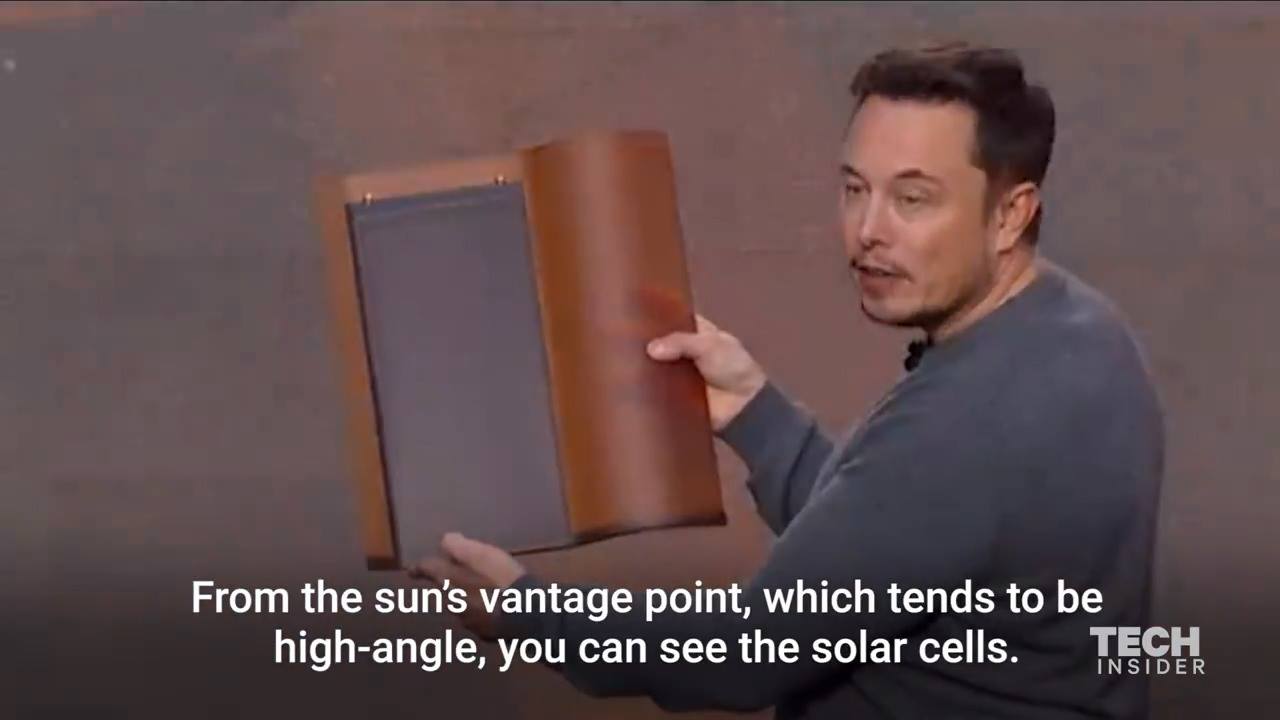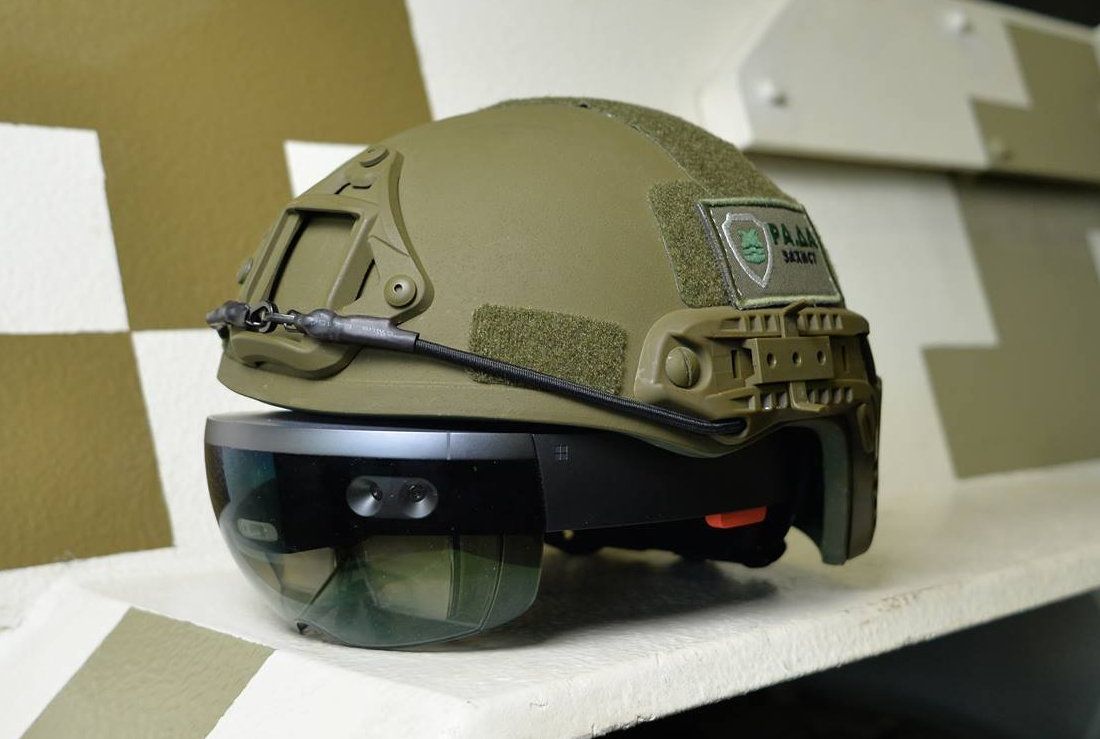Oct 31, 2016
Michael Fossel on Aging and the Telomerase Revolution
Posted by Bryan Gatton in categories: biotech/medical, life extension, singularity
https://www.singularityweblog.com/mic…
Dr. Michael Fossel is one of those few theoreticians who can see much of the big picture of aging. While some use mostly guesswork, and others hope to improve on that with logic, Fossel never shies away from the clear verdict that only data can give. Add his overwhelming compassion as a human being and you will understand why he is a clinician who really cares. You will also get a pretty good idea of what kind of a person Michael is – both personally and professionally. And those are just some of the reasons why enjoy having him back on my Singularity 1on1 podcast for an in-depth discussion of his latest book on the topic titled the Telomerase Revolution.
Continue reading “Michael Fossel on Aging and the Telomerase Revolution” »









 Lookalike modeling is a key component of lead generation, and for motorcycle brand Harley-Davidson, the tactic now goes hand in hand with artificial intelligence (AI). In March 2016, the company began working with machine learning technology provider Adgorithms to grow its ecommerce reach and hasn’t looked back since. Asaf Jacobi, president of Harley-Davidson’s New York City division, spoke with eMarketer’s Maria Minsker about the brand’s experience with AI and discussed the results he has seen so far.
Lookalike modeling is a key component of lead generation, and for motorcycle brand Harley-Davidson, the tactic now goes hand in hand with artificial intelligence (AI). In March 2016, the company began working with machine learning technology provider Adgorithms to grow its ecommerce reach and hasn’t looked back since. Asaf Jacobi, president of Harley-Davidson’s New York City division, spoke with eMarketer’s Maria Minsker about the brand’s experience with AI and discussed the results he has seen so far.









